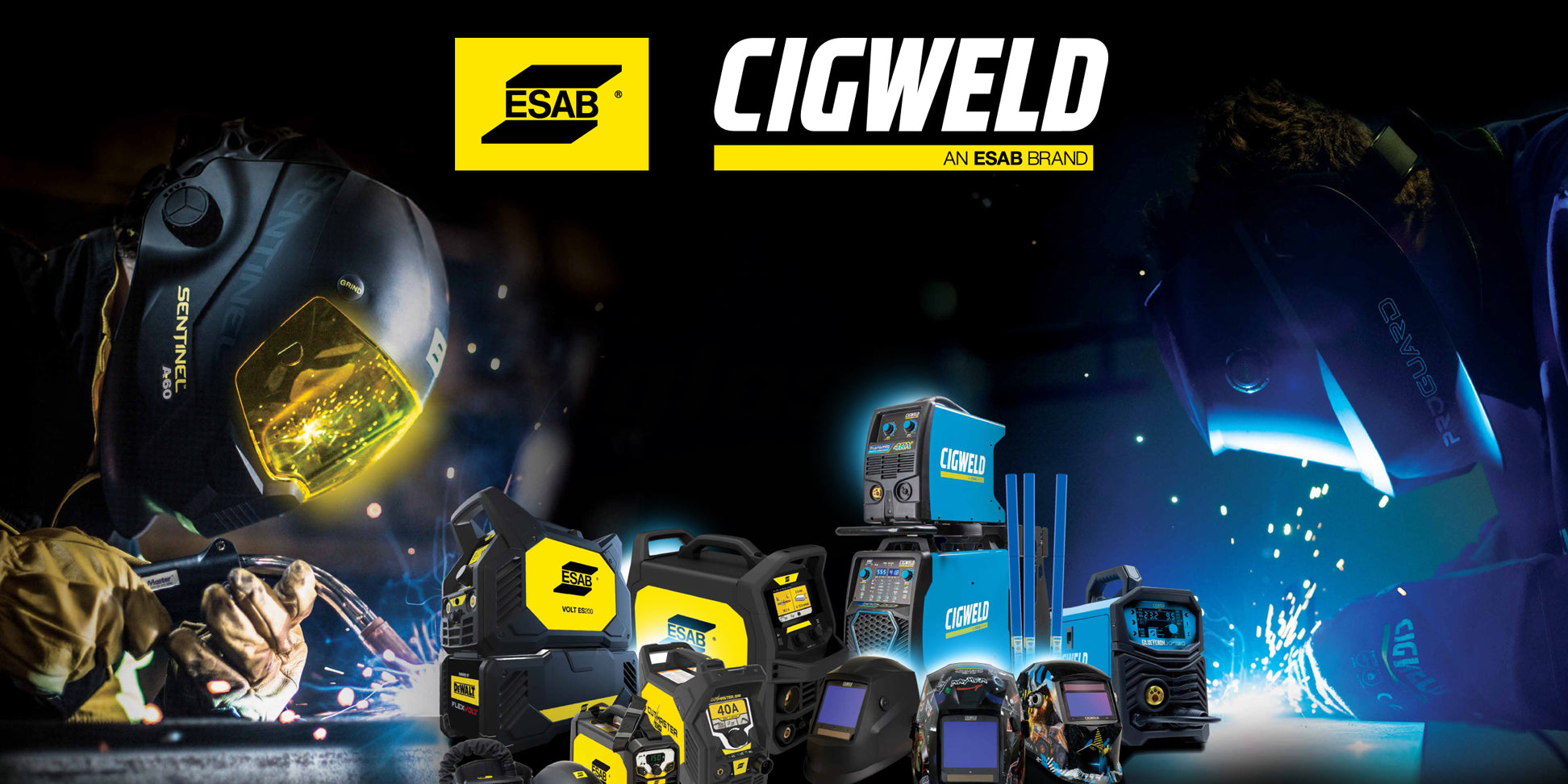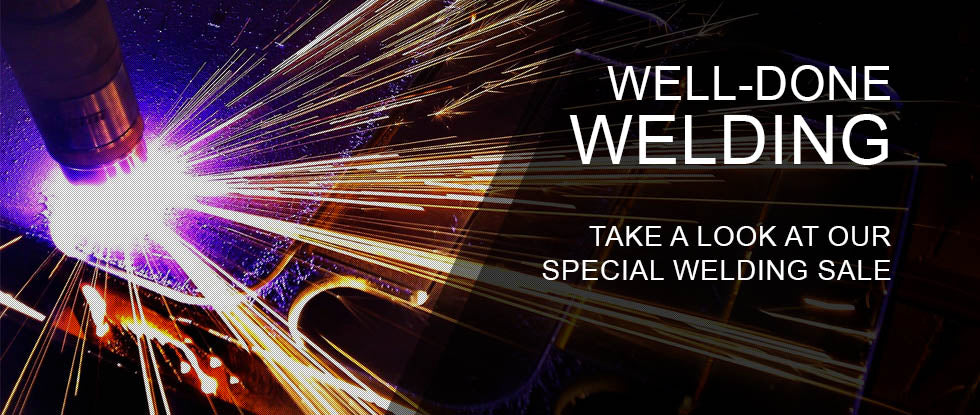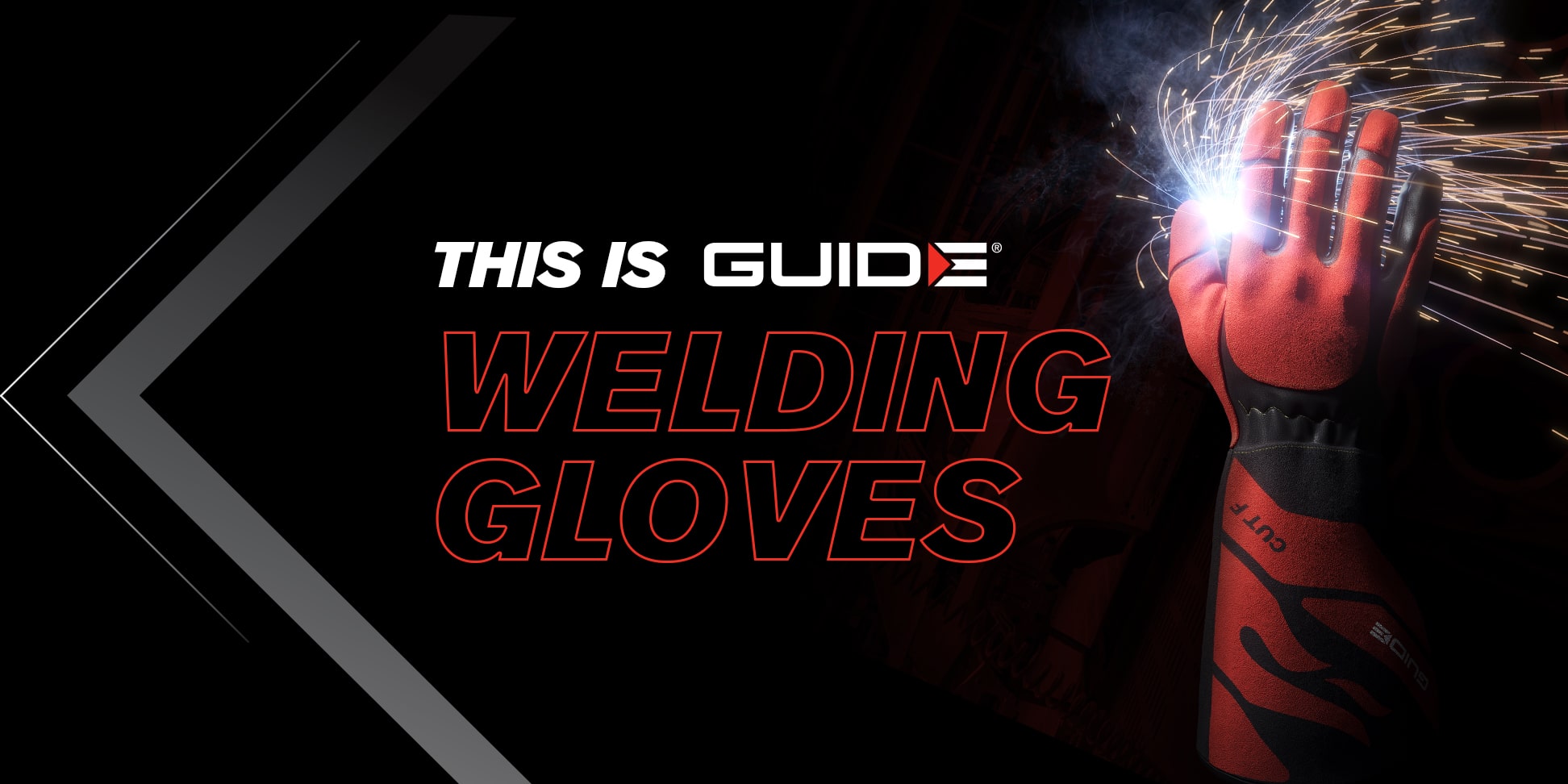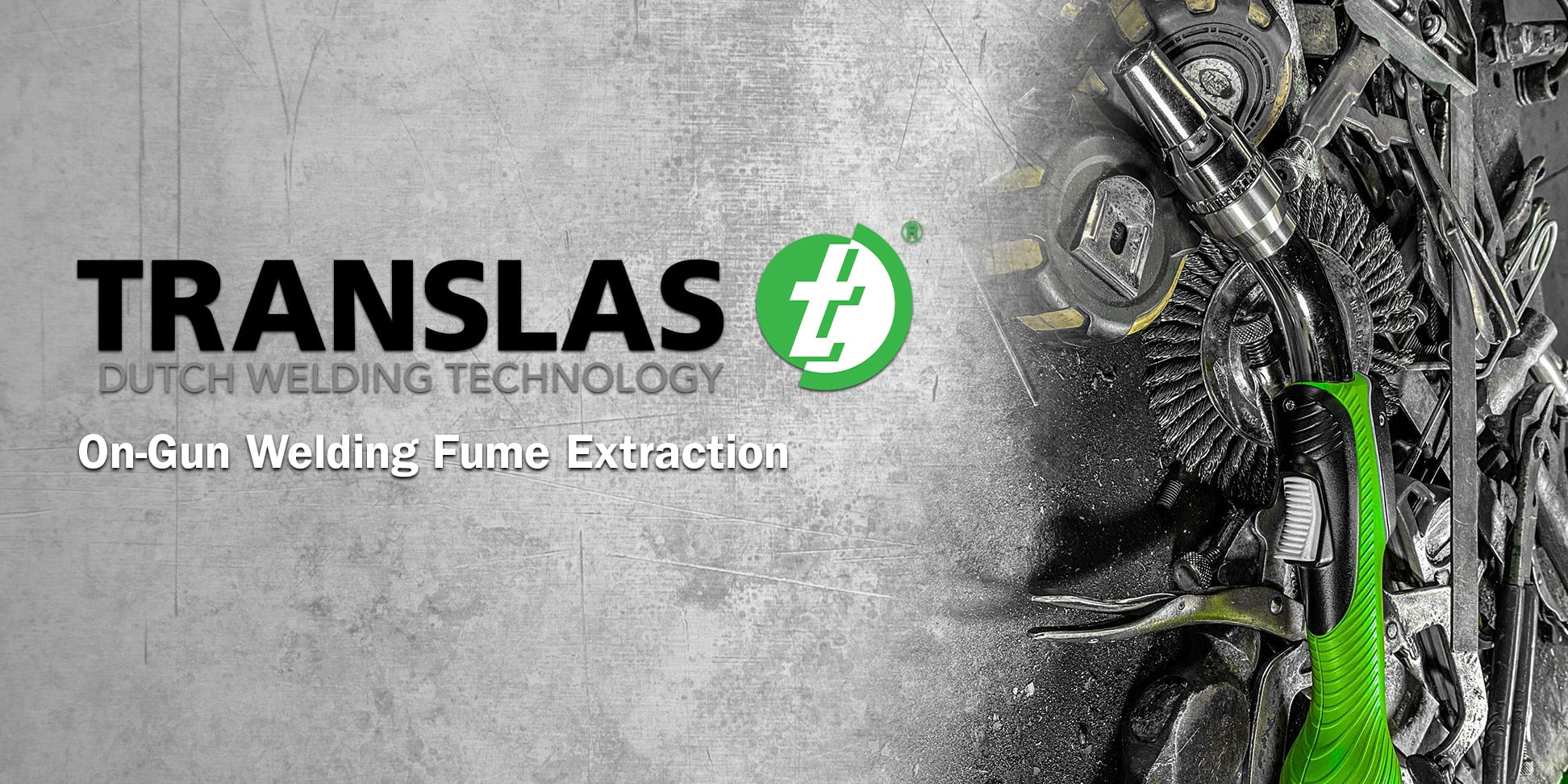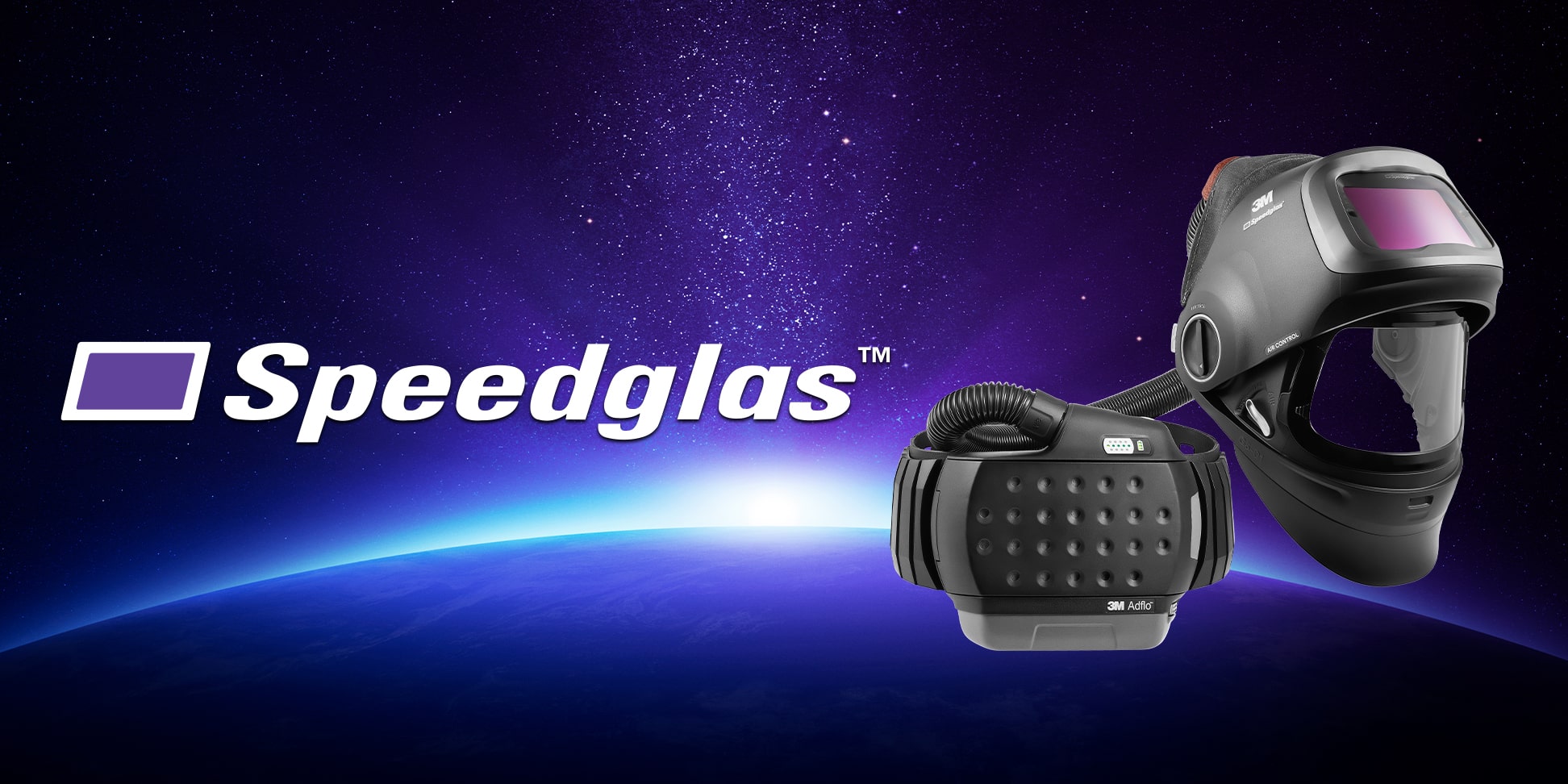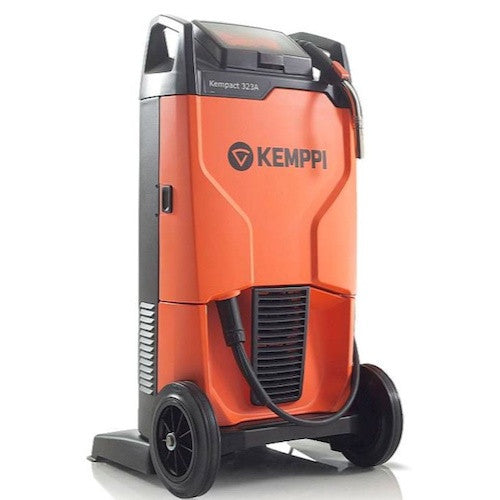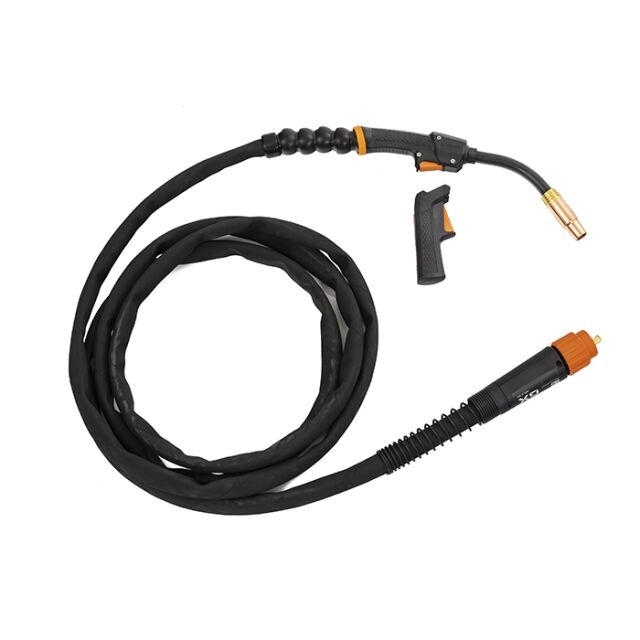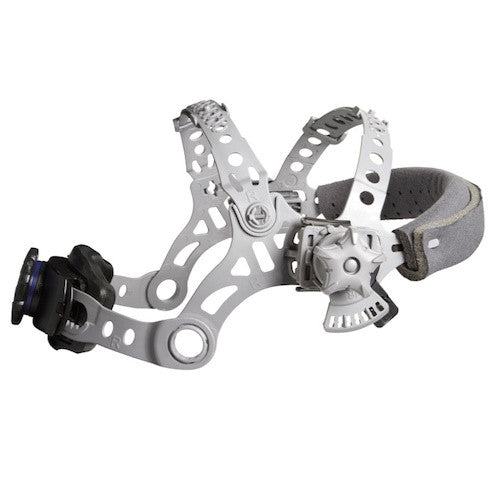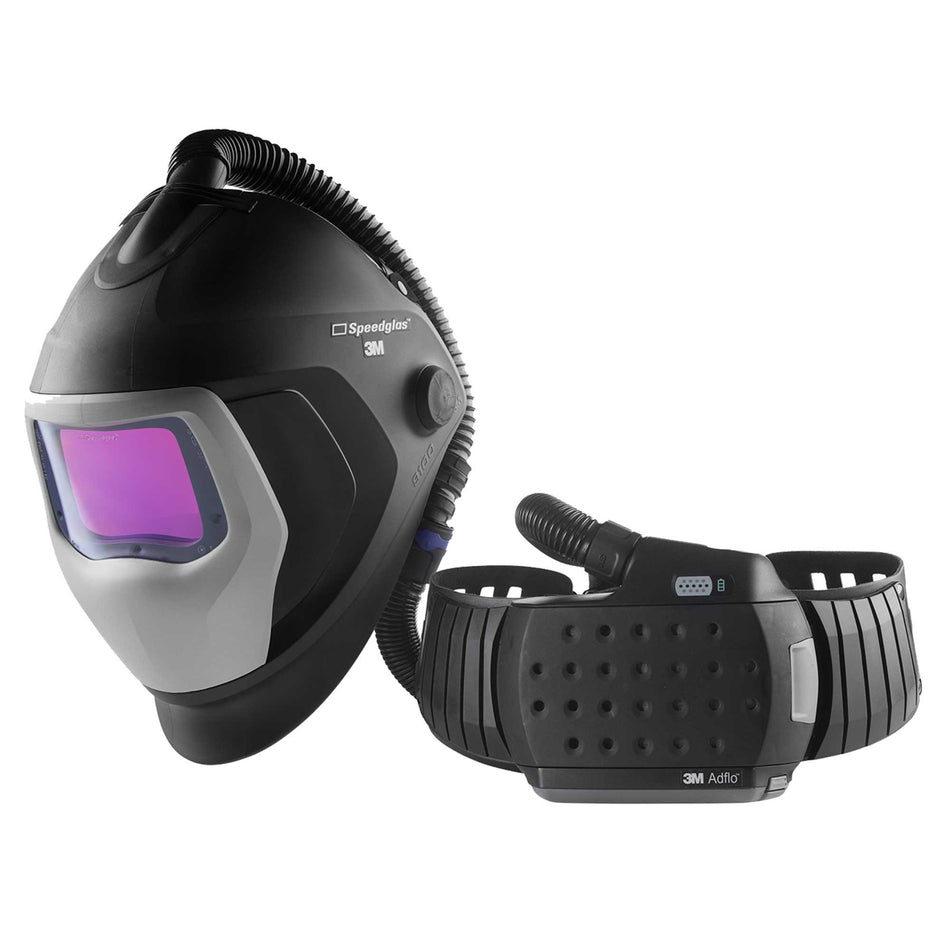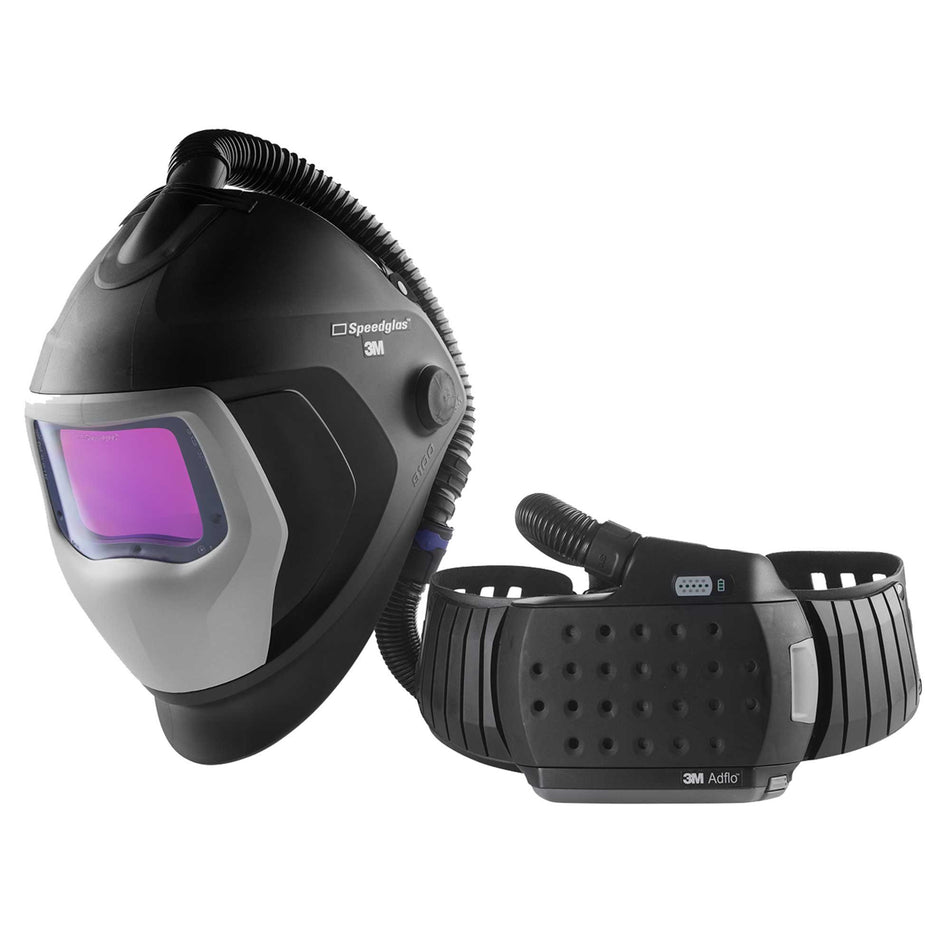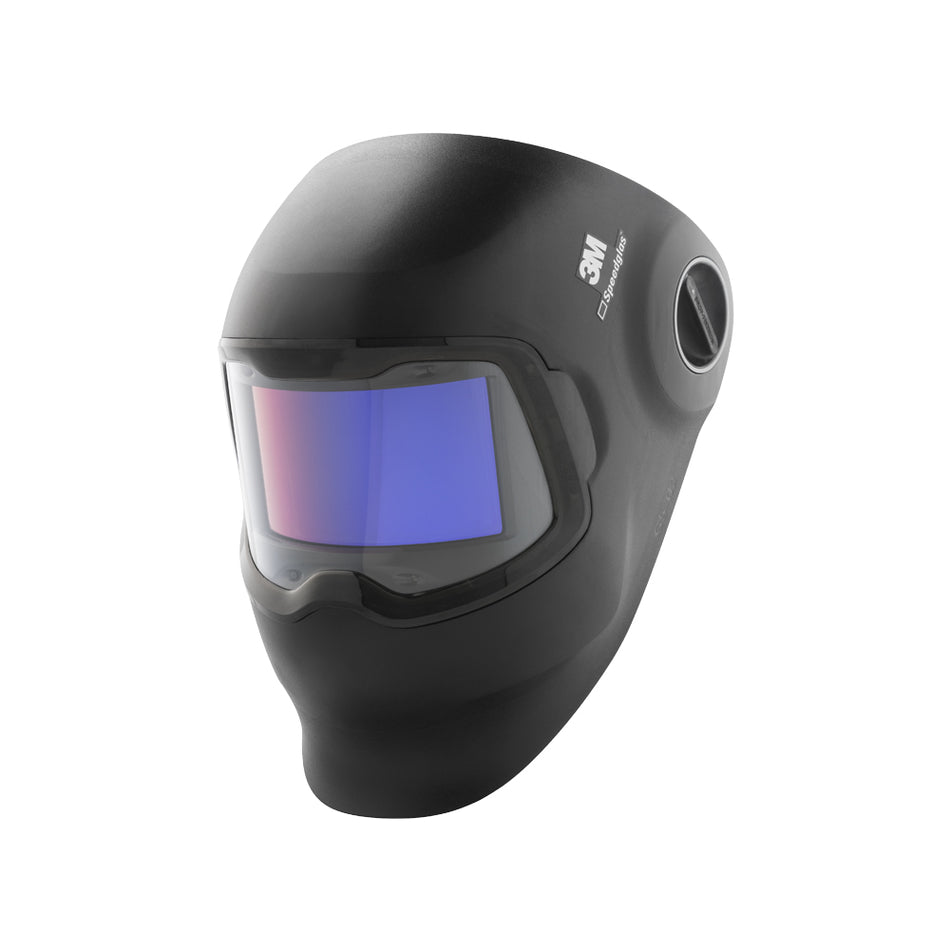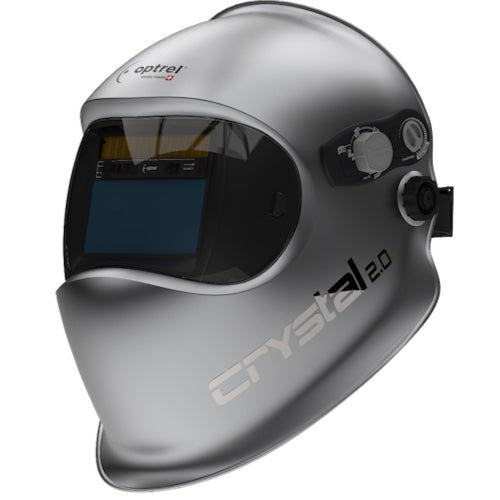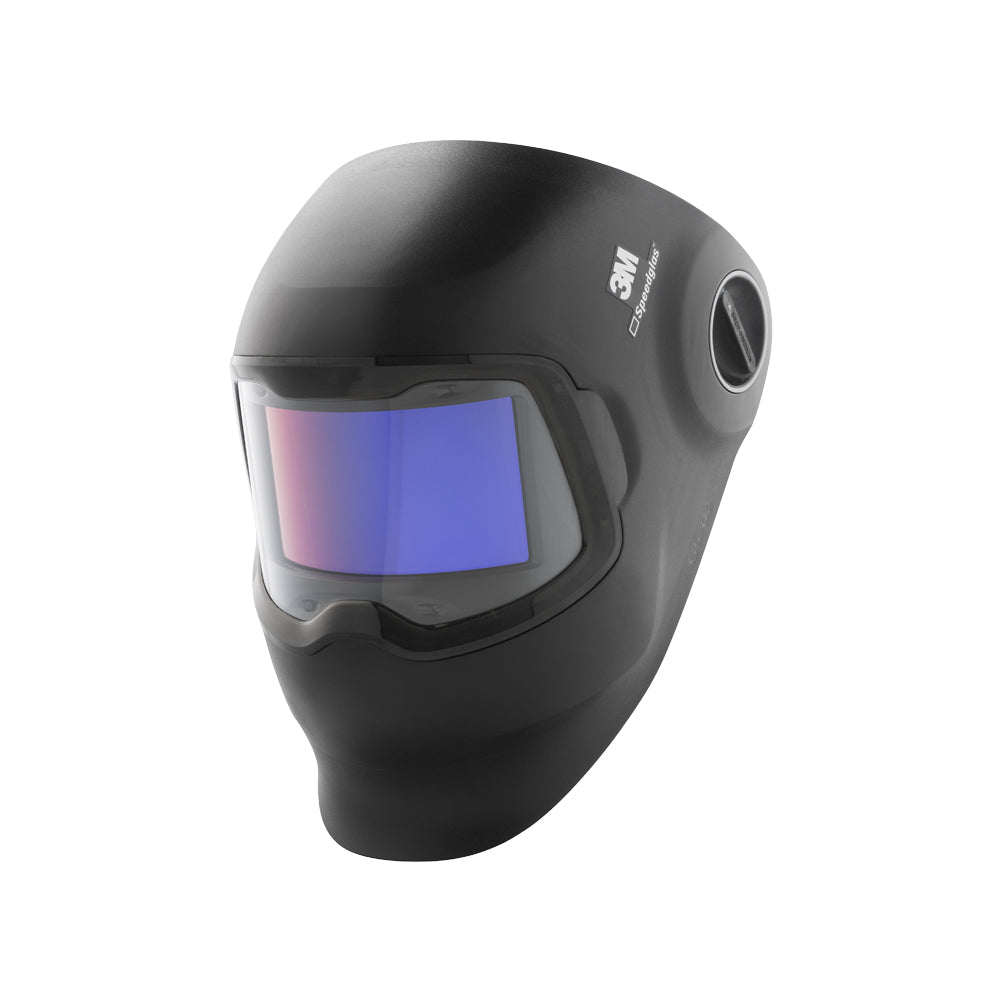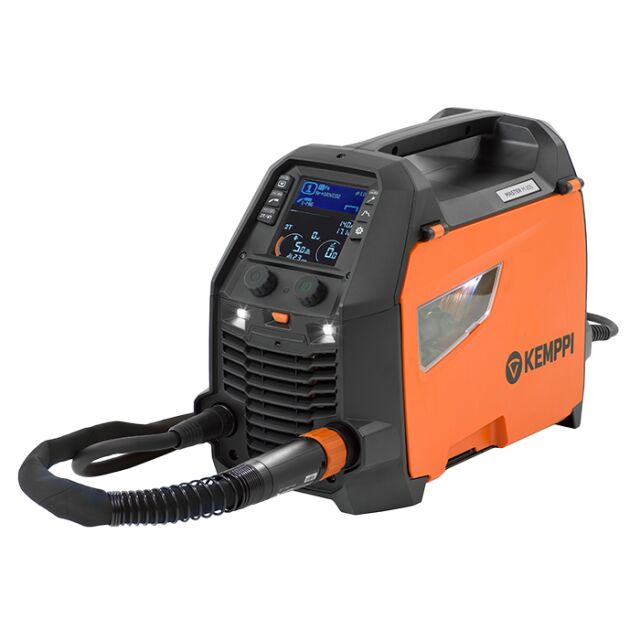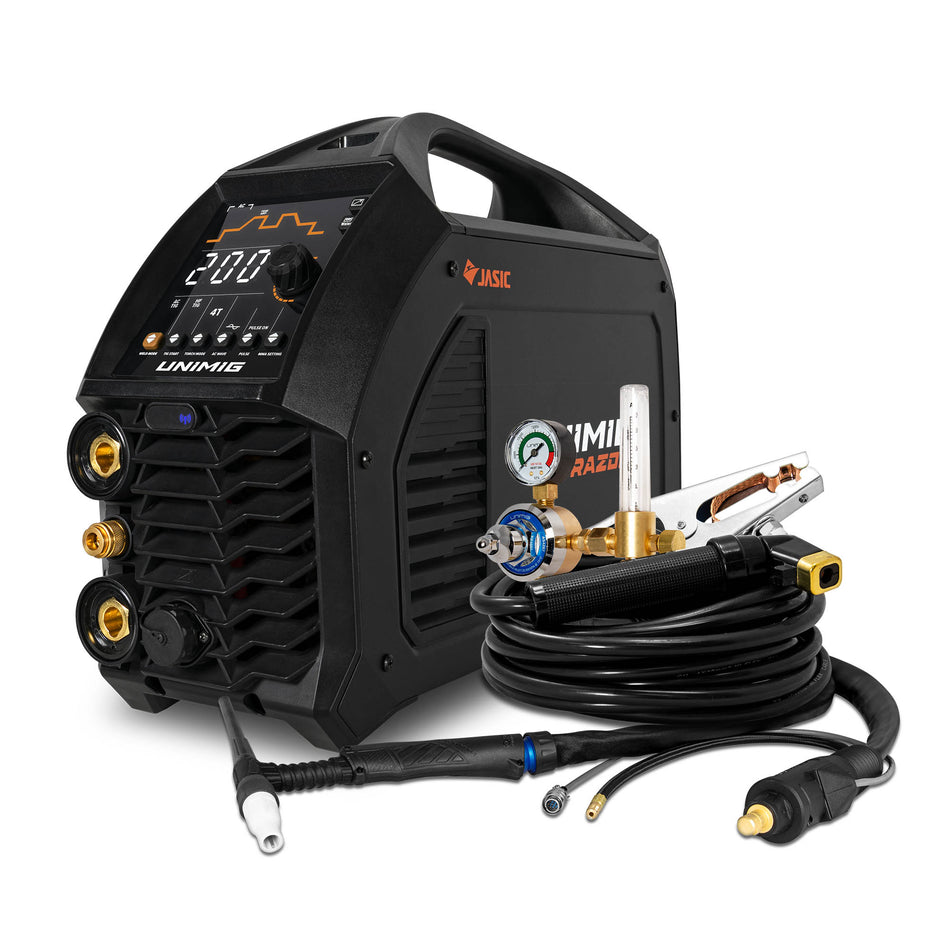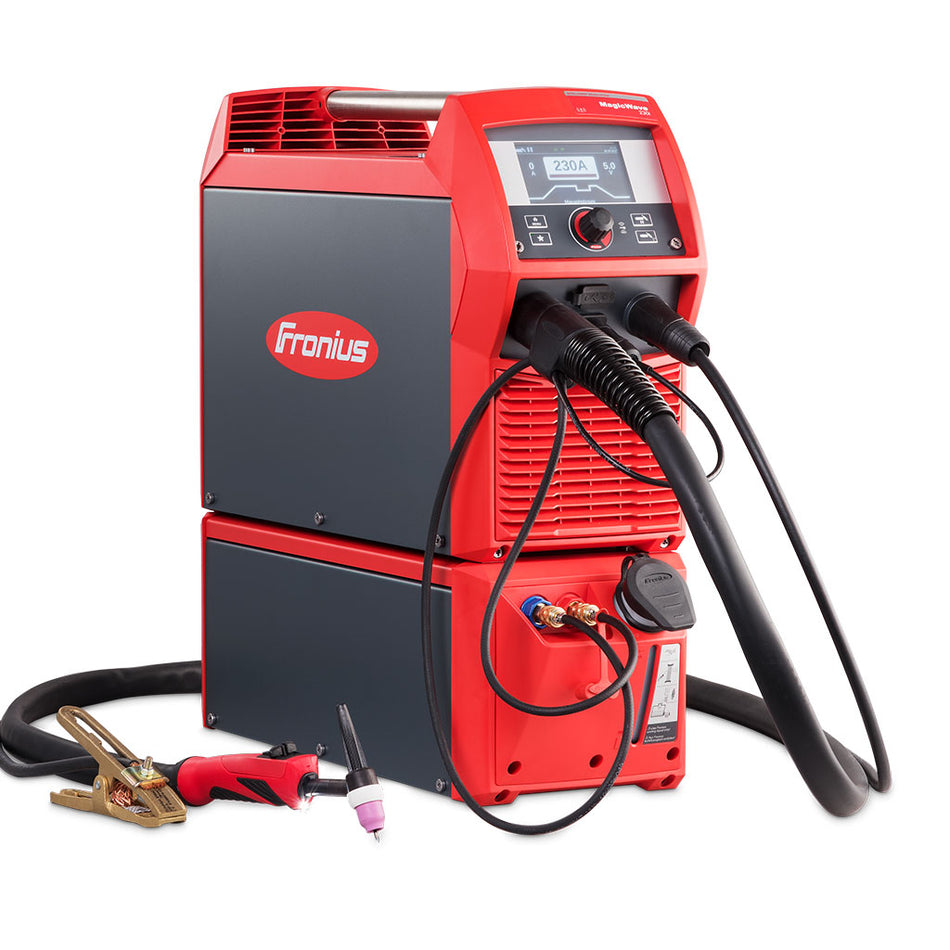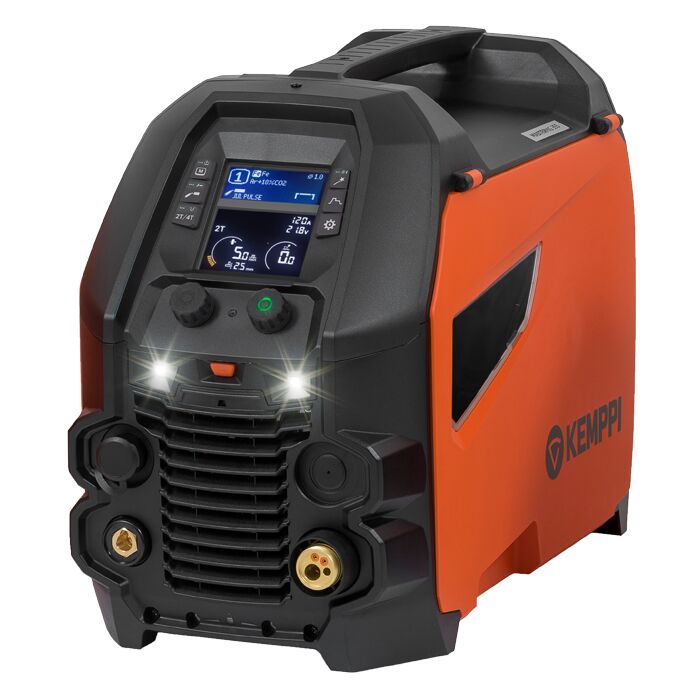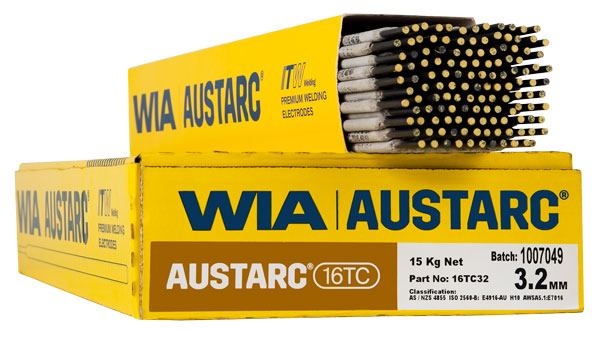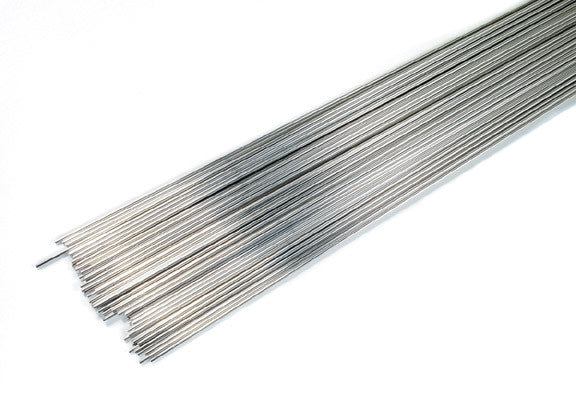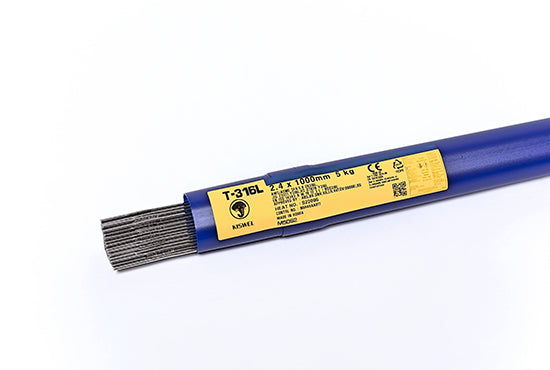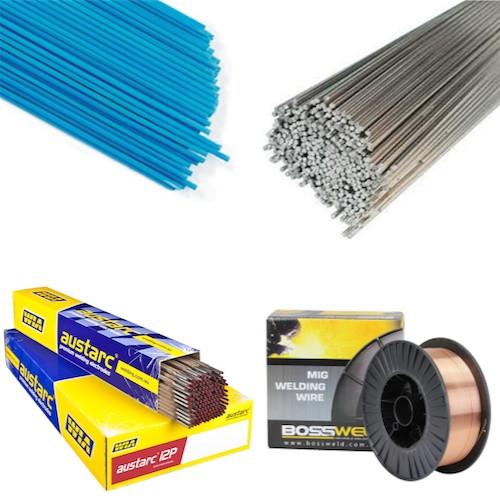Welding and Industrial Supplies
Before we briefly discuss aspects regarding Australian welding supplies, let’s first establish what we mean by “welding supplies.”
When some welders think of welding supplies, they often only have the actual tools needed to do the job in mind. Depending on the type of welding they do, the supplies they have in mind are normally available at most industrial supplies outlets and include articles such as
- Chipping hammers,
- Wire brushes,
- Gas nozzles,
- Contact tips,
- Tungsten rods, and
- Abrasive angle grinder discs.
But professional welders agree that the term “welding supplies” refers to more than only the supplies you need to execute a welding job successfully. Welding supplies also refer to everything you need to protect you and your workers from accidents while welding, Personal protective equipment is important because of the potential hazards such as exposure to metal fumes and UV radiation, burns, shocks, cuts, and even broken toes. These safety products are also available at industrial supplies outlets.
The safety supplies include at least
- welding gloves,
- safety helmets, and
- dust masks.
It is therefore always good to get your welding supplies from established industrial suppliers. In Australia, welding supplies are available at reliable outlets, such as “Bilba Industries,” a welding supplier in Sutherland Shire. Reliable Australian welding suppliers and other industrial suppliers have competent sales consultants who help you to ensure that you have all the welding and safety supplies you need.
Factors to Consider when Choosing Welding Supplies
You have to consider different factors when choosing the welding supplies you will use for a specific welding job. Some of the factors are the following:
Type of Welding Process
The type of welding you have to do will determine the welding supplies you need.
1. Gas Metal Arc Welding (GMAW/MIG)
For this process, you use a thin wire as an electrode and you have to use shielding gas, such as carbon dioxide, oxygen, helium or argon, to protect the weld from contaminating the air. Ensure that you have the correct welding supplies before you start.
2. Gas Tungsten Arc Welding (GTAW/TIG)
You produce this type of weld by using a non-consumable tungsten electrode and an external gas supply.
3. Shielded Metal Arc Welding (SMAW) – “Stick Welding”
For this process, you should include a consumable flux-coated electrode as part of your industrial supplies. “Stick welding” refers to the electrode which comes in the form of a “stick.”
4. Flux Cored Arc Welding (FCAW)
For this process, you need a semi-automatic arc which provides high welding speed and portability as part of your welding supplies.
Thickness
Deposited weld metal thickness refers to the thickness of the weld you deposit with a specific welding process. For professional welders, there are code limitations regarding the thickness of the weld. The International Standard code recommends the minimum size of the weld.
Welding Position
The term “welding position” refers to the different angles of joining metals. Generally speaking, the four types of welding positions are
- horizontal,
- flat,
- vertical, and
- overhead.
Type of Material
You use different materials for the different welding positions. You can get advice regarding these materials from reliable outlets, such as “Bilba Industries.”
Amperage
The capacity of your amp unit determines the thickness of the material you can weld. For example, a 140-amp unit can weld up to about 1/4” steel and a 250-amp unit can weld 1/2” steel. Ensure that you use the correct industrial supplies in this regard.
Budget
When you want to purchase welding and industrial supplies your budget always plays a role. Keep your expenditure low by buying only the welding supplies you need.
FAQs
1. What are welding supplies?
It is the tools and material you use to do the actual welding and keep yourself and other workers safe during the job.
2. What are the different types of welding supplies?
Welding supplies include electrodes and their holders, welding pliers and cables, and welding machines, as well as safety gear such as welding helmets, gloves and jackets.
3. What factors should I consider when choosing welding supplies?
You have to consider aspects such as the type of welding process, the type of material, the amperage you need and your budget.
4. How do I maintain my welding supplies?
Clean and/or replace contact tips, liners and other worn parts in the welding machine when necessary. Also, keep the software updated and benefit from a service contract.



